ECON 203 (ECON101)
University of Southern California
All 15 results
Sort by
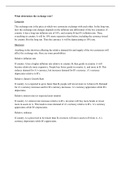
-
Fundamentals of Macro economics
- Package deal • 10 items • 2022
-
- $13.69
- + learn more
It covers all the major principles that are used in macro economics. The package contains notes on inflation, PPP, CPI, Keynesian models, FX rates, parity, Classical models, FX determination, cost of inflation, TTP, determination of trade patterns.
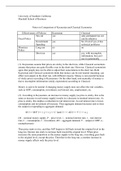
-
notes on comparison of keynesian and classical
- Class notes • 2 pages • 2022
-
- $7.99
- + learn more
The notes cover Classical thought works by supply and demand, while Keynesian thought tends to involve set government prices. Classical thought tends to worry more about inflation issues, while Keynesian thought tends to worry more about unemployment issues

-
notes fx determination
- Class notes • 1 pages • 2022
- Available in package deal
-
- $7.99
- + learn more
The document talks about The approaches are: 1. The Purchasing Power Parity Approach 2. The Balance of Payments and the Internal-External Balance Approach 3. The Monetary Approach
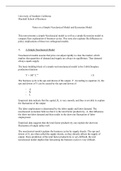
-
notes on a simple neoclassical and keynesian model
- Class notes • 4 pages • 2022
- Available in package deal
-
- $7.99
- + learn more
Keynesians believe fiscal and monetary policy should be used actively in the short run to manage aggregate demand. Neoclassicals believe that the economy is self-correcting, and attempting to fine-tune the economy through monetary and fiscal policies makes problems worse.
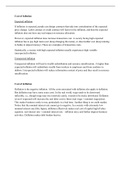
-
notes on cost of Inflation
- Class notes • 1 pages • 2022
- Available in package deal
-
- $7.99
- + learn more
In this economy, inflation can impose only two real costs: the less efficient arrangement of transactions that result from holding smaller money balances and the necessity to change posted prices more frequently (the so-called menu costs).
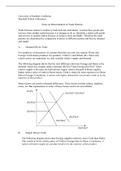
-
notes on determination of trade patterns
- Class notes • 3 pages • 2022
- Available in package deal
-
- $7.99
- + learn more
Trading pattern. Long-range direction of a security or commodity futures price, charted by drawing one line connecting the highest prices the security has reached and another line connecting the lowest prices at which the security has traded over the same period.
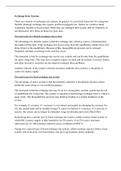
-
notes on exchange rate systems
- Class notes • 1 pages • 2022
- Available in package deal
-
- $7.99
- + learn more
An exchange rate system, also called a currency system, establishes the way in which the exchange rate is determined, i.e., the value of the domestic currency with respect to other currencies. Choosing the currency system is a pivotal element of the economic policy adopted by a country's government. The notes explains everything in great detail.
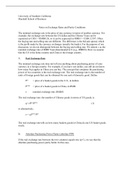
-
notes on FX and partity conditions
- Class notes • 6 pages • 2022
- Available in package deal
-
- $7.99
- + learn more
Summary. At the cornerstone of international finance relations, are the three international interest parity conditions, viz., the covered interest parity, the PPP doctrine and the international fisher effect.
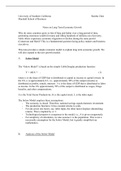
-
notes on long term economic growth
- Class notes • 4 pages • 2022
- Available in package deal
-
- $7.99
- + learn more
Economic growth is the increase in the market value of an economy's commodities and services over time. The percentage rate change in real gross domestic product is used to calculate it (GDP). Long-run growth is described as an economy's ability to create more products and services over time. The document explains in depth about the concept and builds pillars of macro economics.
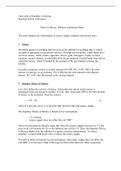
-
notes on money, inflation and interest rates
- Class notes • 5 pages • 2022
- Available in package deal
-
- $7.99
- + learn more
The documents explains the relationship between basic supply and demand principles. As inflation falls, so do interest rates. It becomes less expensive to borrow money, thus there's more money circulating in the economy. Since supply remains relatively constant, demand for goods and services increases—thus increasing prices and inflation.

$6.50 for your textbook summary multiplied by 100 fellow students... Do the math: that's a lot of money! Don't be a thief of your own wallet and start uploading yours now. Discover all about earning on Stuvia


